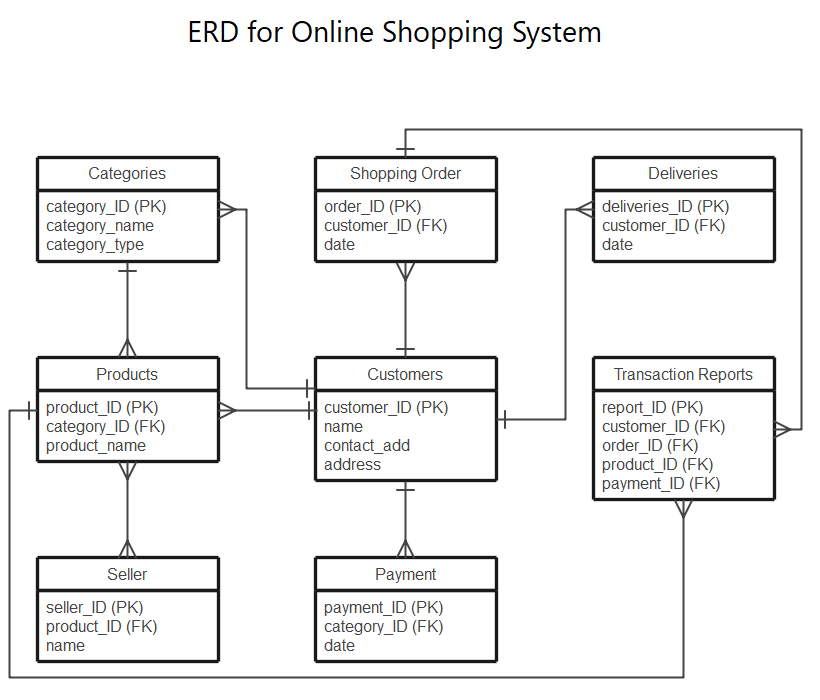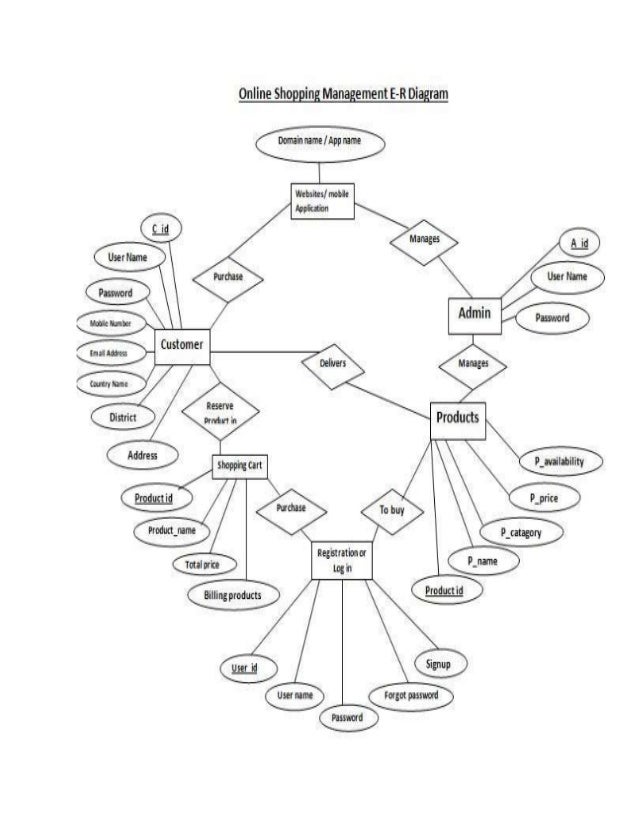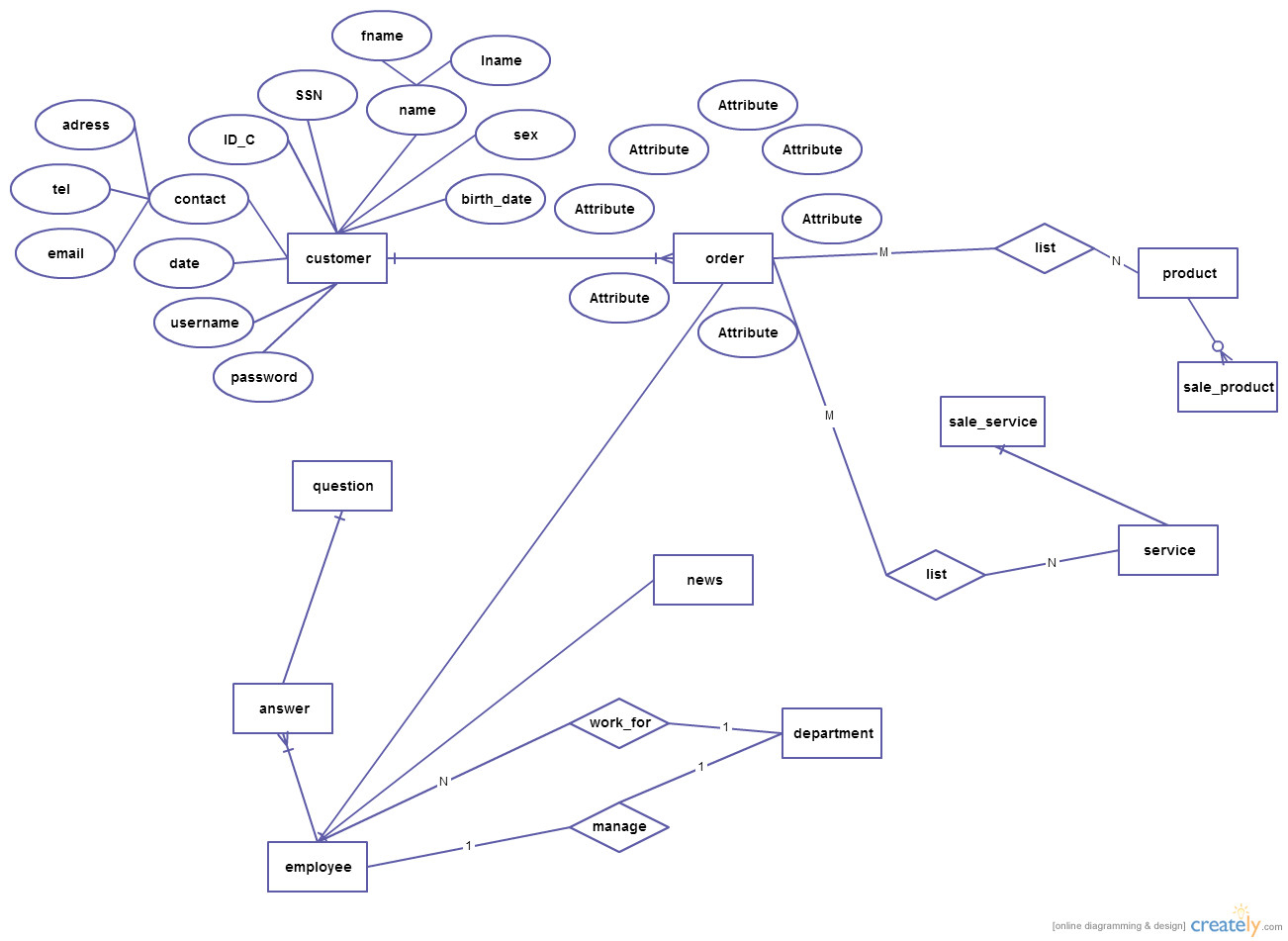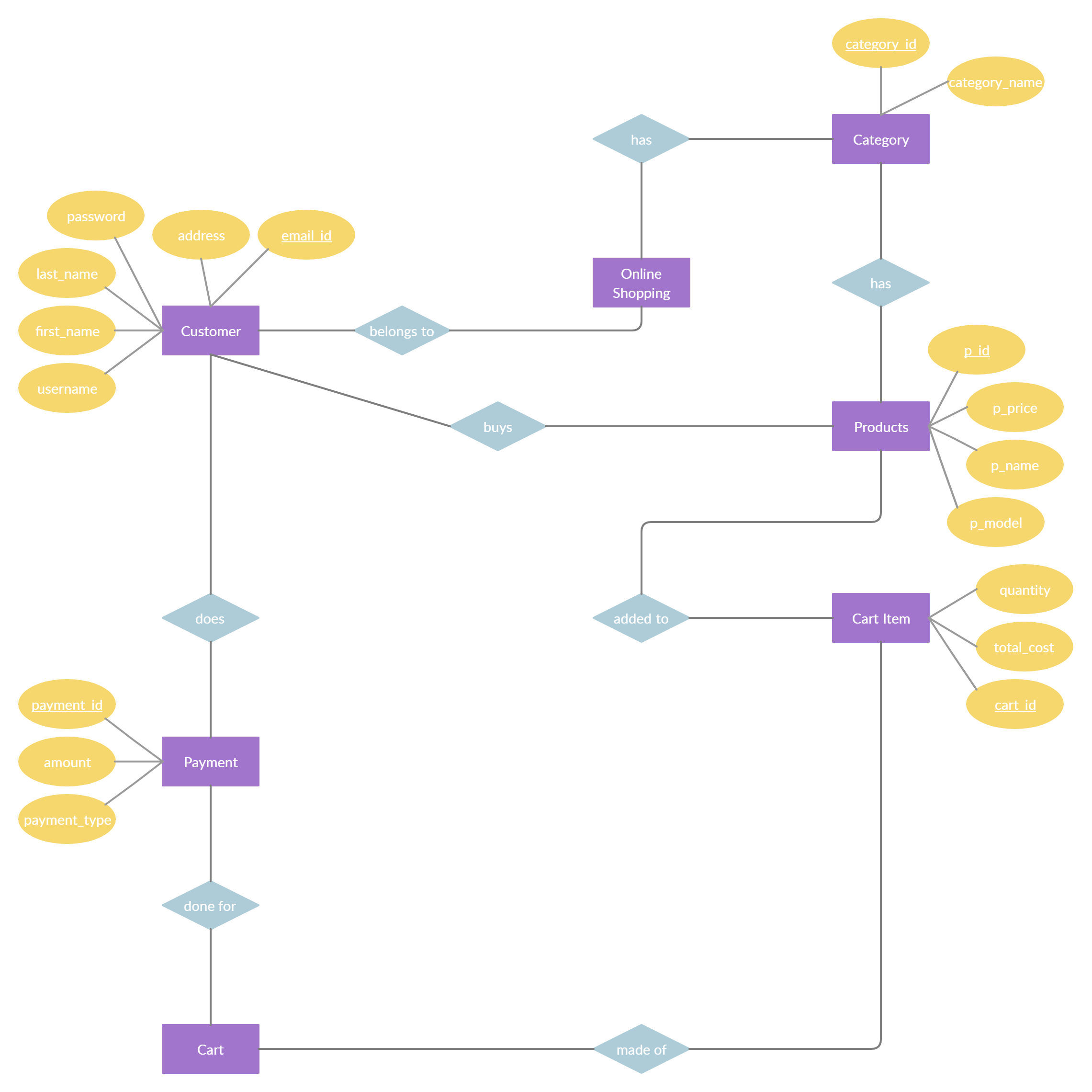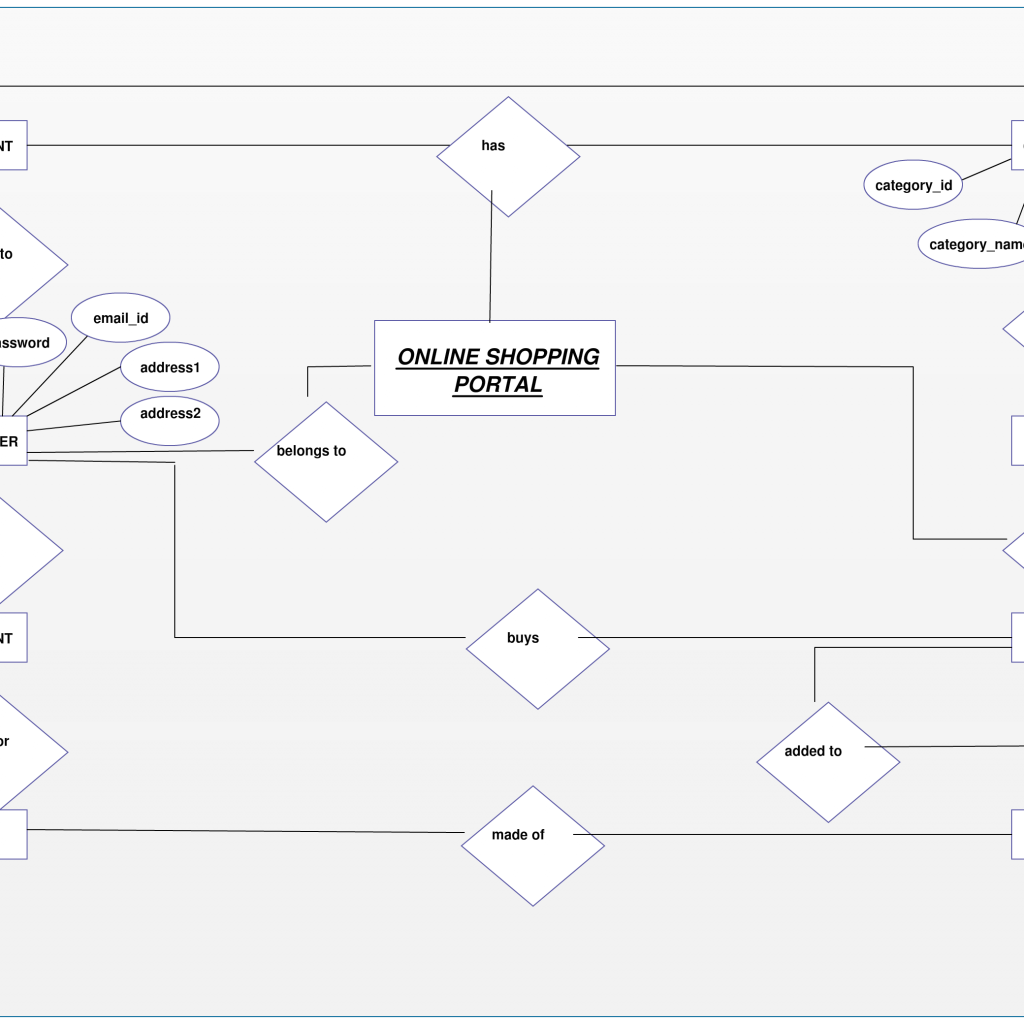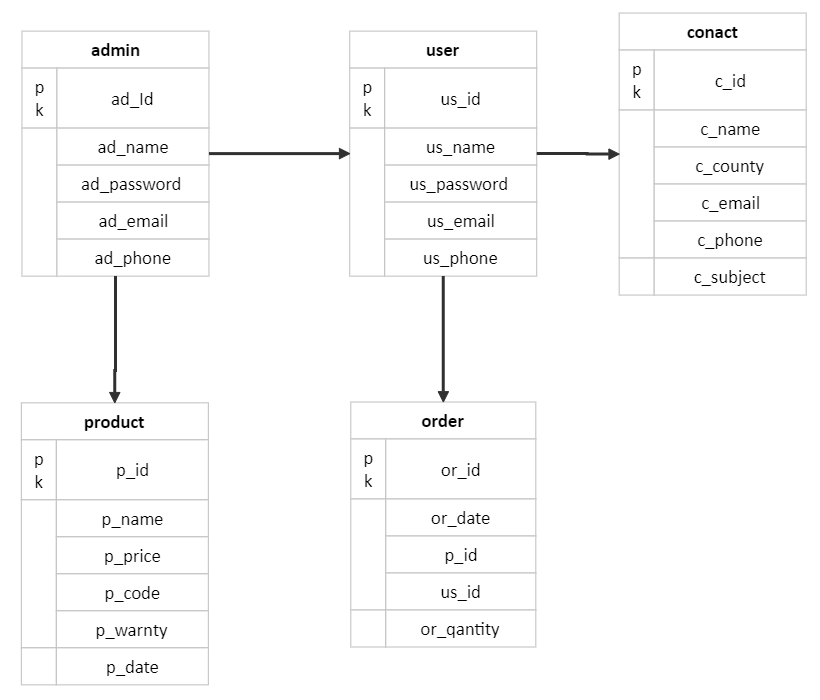Entity Relationship Diagram For Online Shopping

E-commerce businesses face data complexities head-on. A well-designed Entity Relationship Diagram (ERD) is now critical for online shopping platforms aiming to manage data effectively and enhance customer experience.
ERDs provide a visual blueprint, ensuring data integrity and facilitating scalable growth. Without it, online stores risk data silos, inaccurate reporting, and a frustrating user experience, costing time and resources.
Understanding the Core Entities
An ERD for online shopping typically centers on key entities. These include Customers, Products, Orders, and Payment information.
These entities are then interconnected through relationships to model the flow of information.
Customers and Their Data
The Customer entity holds vital user details. This covers name, address, contact information, and login credentials.
Each customer can place multiple Orders, establishing a one-to-many relationship between Customers and Orders.
Products: The Heart of the Catalog
The Product entity represents the items for sale. Attributes include product name, description, price, and inventory levels.
Products can belong to different Categories and might have associated Reviews from customers.
Orders: Connecting Customers and Products
The Order entity tracks each transaction. It includes details like order date, shipping address, and total amount.
Each order consists of multiple Order Items, linking back to specific products and quantities.
Payment: Securing Transactions
The Payment entity manages transaction details. This incorporates payment method, transaction date, and amount paid.
It connects to the Order entity, indicating how each order was paid for.
Relationships: The Key to Data Integrity
ERDs emphasize the relationships between entities. These relationships determine how data flows and interacts within the system.
Key relationship types include one-to-one, one-to-many, and many-to-many, each demanding careful consideration for online shopping.
One-to-Many Relationships
A customer can place many orders, but each order belongs to only one customer.
This is the perfect example of a one-to-many relationship.
Many-to-Many Relationships
A product can be included in many orders, and an order can contain many products.
This many-to-many relationship is often resolved using an intermediary entity, such as Order Items.
Benefits of Using ERDs
Using ERDs enhances data management. It improves data accuracy, reduces redundancy, and improves data consistency.
An ERD can simplify database design, facilitate better communication between developers, and enable scalability for future growth.
The Ongoing Need for Optimization
Online shopping platforms should regularly review and update their ERDs. Adaptations must accommodate new features, data requirements, and evolving customer needs.
Failure to adapt can lead to data bottlenecks and inefficiencies, costing businesses crucial revenue.
Next Steps
Businesses are encouraged to consult with data modeling experts. These experts can tailor an ERD to the platform's specific needs.
By carefully designing and implementing an ERD, online stores can gain a competitive advantage. They will streamline operations and deliver superior customer experiences.
